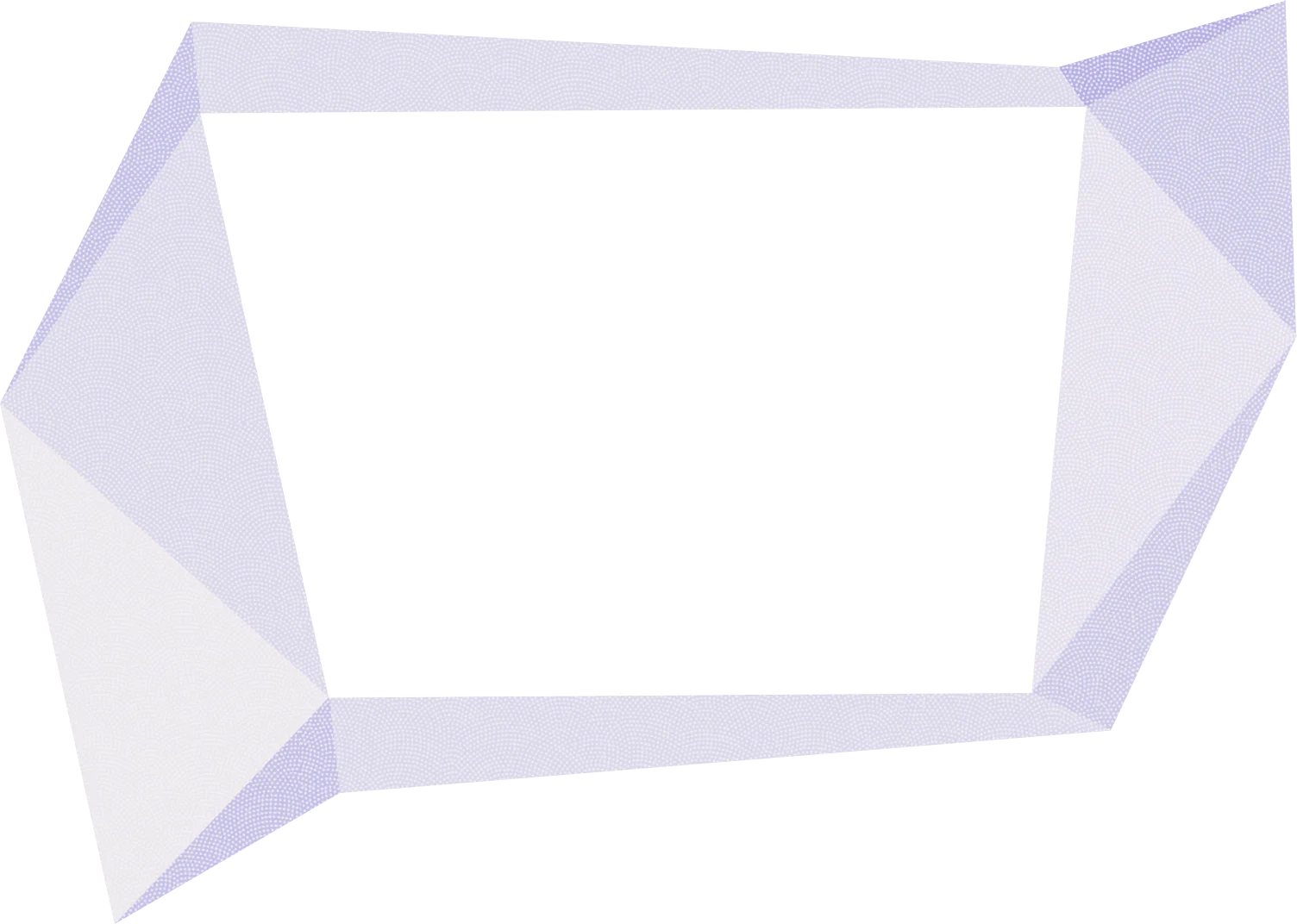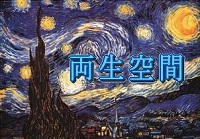7. To Integrated Oneness
The word “journey” in this book is, of course, a “journey” in which life is said to be a journey.
Therefore, it is a “struggle in order to live” that any person is doing as long as the person lives, whatsoever border is closed or air flights are restricted because of COVID-19.
And when we are struggling so, it does not mean that each element is considered separately like each item is described in this book chapter by chapter.
When I wrote this book, I dared to separate the whole into chapters using an analytical approach.
As I mentioned in the previous chapter on the decline of Western civilization, the analytical method is certainly an effective way for studying one part in detail, whether the field is science or Western medicine. Originally it was based on a methodology where the world can be understood if it is divided into smaller elements, to find what the world is.
For the expert in a field who solved some problems based on analysis, it has been beneficial for society and everyone as well. Now there are countless such experts in every society.
However, for ordinary people who are not experts, what is important is that they and their families live happily, so to say, and the type of job itself for life is not so important.
In today’s society, however, if you do not acquire specialized skills in some field to earn a decent income, you will not even get a job.
In other words, whether it is information technology or cooking skills, it does not matter. However, since the days of a school boy, I have been given an obsessive belief that I cannot survive without getting some job in the future. And it was the common thinking for most people that one had to be some expert, even if it was a reluctant matter.
Of course there is a person, like an artist or athlete, who, since he was a child, has discovered what he likes or what he is good at doing, and he gets attention from people and society. However, these are probably only a handful of such people looking at society as a whole.
Ordinary people who do not have such skills must struggle for life and worry about how to choose and make a decision. Then, when it comes to the time approaching to graduate school, everyone is caught up in the circumstance of competing to get a job, no one can survive without it. If fortunately it is the good economic situation of a seller’s market, one can do better. But if not, one has to suffer very hard experience. And if unluckily one makes a bad decision, one ends up getting such a job for nothing or worse, then one must get frustrated or change jobs over and over again.
All those situations were discussed in chapter 1, the Dilemma, of this book.
Thus, in order to live, we will be covered in such a lot of restraints, and in the end we will find that we are not ourselves.
What this book calls journey and the secret to make the journey is to take “the other way” to the road which is covered in such restraint. In other words, when we have no choice and have to pretended to be something which is not ourselves, the secret is to become sensitive to ourselves, realize we are disjointed by such a lot of restraints, and always try to discover ourselves whole.
Therefore, what I want as a hint is that each item of restraint described in this book should be checked and eliminated by oneself, and the whole picture of oneself should be found.
When the whole picture of yourself becomes clear, the elements which were disjointed come together, and you start to see not only yourself but also your surroundings and even what society and the world are.
To say this another way, the moment when you are clearly able to demonstrate your creativity, you can become a person with a clear perspective, who is unique, and you can put yourself into your work.
As mentioned earlier, this book was being written when the pandemic broke out, but such timing itself does basically not matter.
No matter what time it is, it remains important and inescapable in our lives.
In the past Japan has been in a position to chase and to overtake the developed world’s civilizations, and in most aspects it has reached this goal.
Very late last century, Japan finally completed that goal, but she was unable to establish clear new goals and directions, resulting in a period of stagnation of more than 20 years.
Such stagnation suggested that the Western model that Japan had become accustomed to for many years since the Meiji Era was no longer the correct model, and that Japan had to find its own way, and it has suffered from the difficulty of this realization.
On top of that, the COVID-19 crisis now has affected the world, and the common understanding and order of the past have significantly changed overnight, and we are experiencing a chaotic period before a new era.
If the efforts of the world bear fruit and the corona vaccines under development are successful, there is also an expectation that the world’s clouds will clear up at once. However, everything, including these assumptions, is like the plan on the desk still.
In that sense, with the “journey” proposed in this book in mind, there is the real opportunity to start the “journey” just now.

